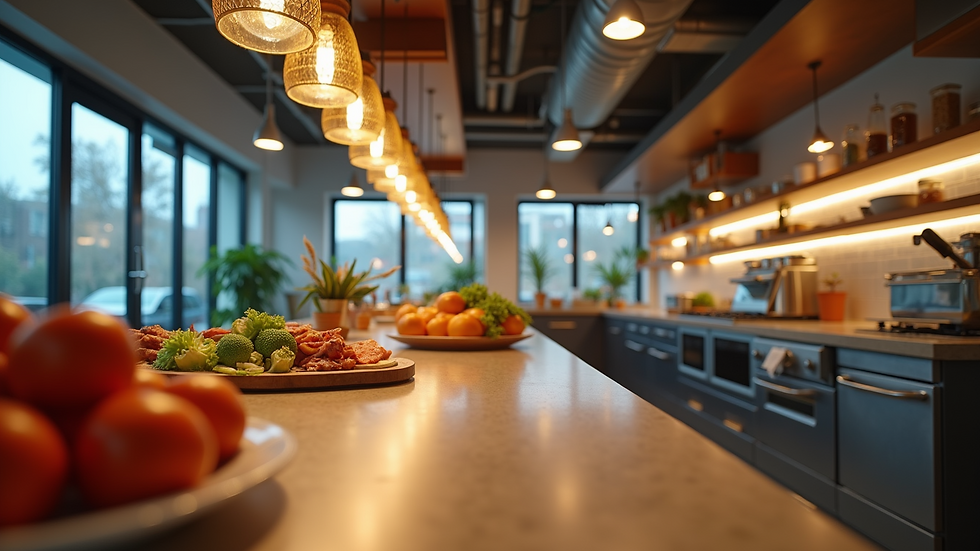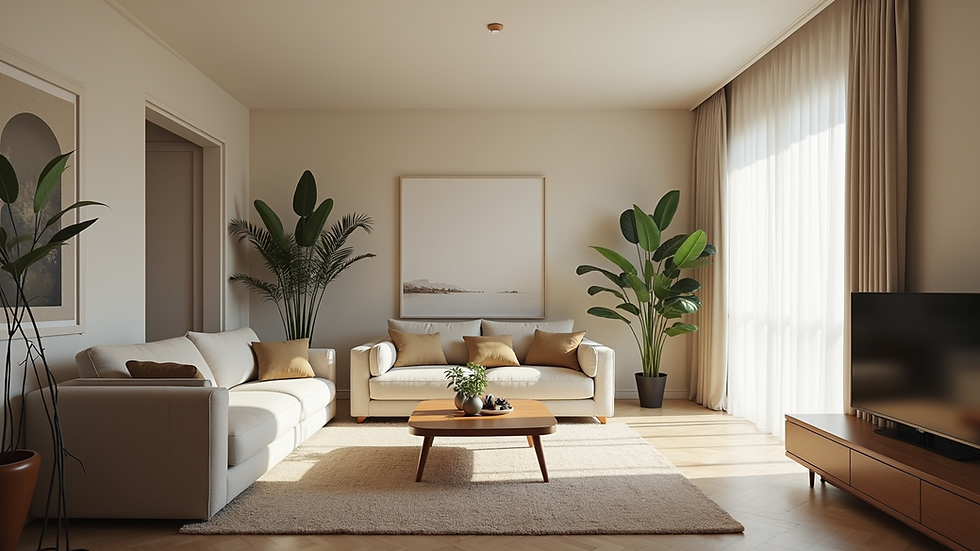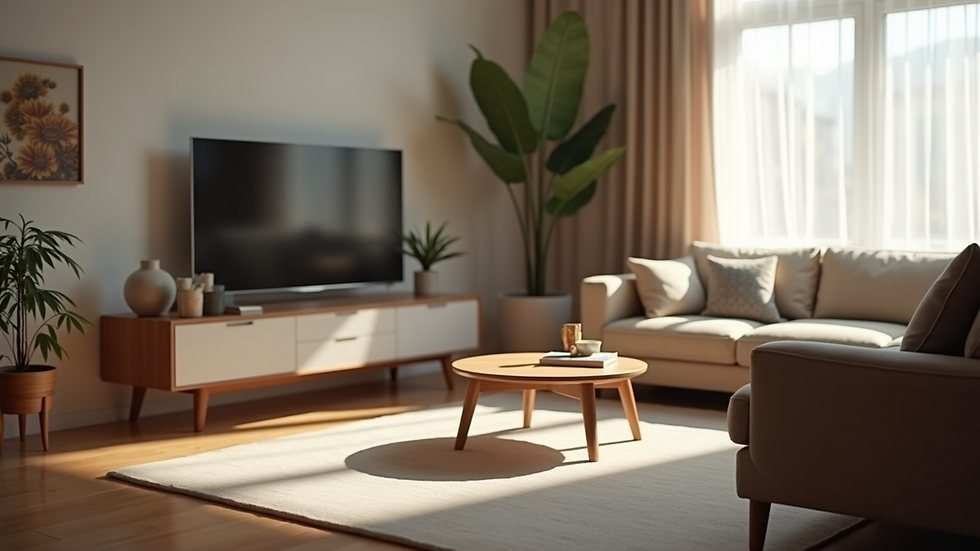Decoding User Behavior in Interior Spaces Through Functional Design Approaches
- Journalising Designers
- Aug 1
- 3 min read
Understanding how users interact within interior spaces is vital for creating both functional and appealing environments. By examining user behavior, designers can make informed choices that enhance comfort, efficiency, and overall satisfaction. This post will explore key aspects of user behavior, movement patterns, furniture placement logic, a relevant case study, and practical tips for achieving spatial efficiency.
Insight into User Behavior
User behavior refers to the ways individuals engage with their surroundings, shaped by habits, physical needs, and emotional responses. In interior design, grasping these behaviors enables designers to create spaces that foster engagement, boost productivity, and promote well-being. For example, research shows that well-organized spaces can improve focus by up to 25%. As lifestyles evolve, so do the preferences and movement patterns, making it essential for designers to stay updated on these changes.
Mapping Movement Patterns
Mapping the movement patterns of users in a space involves observing how individuals navigate through it. Identifying high-traffic areas and how people typically enter and exit can be highly beneficial. Designers can optimize layouts to reduce congestion and improve accessibility.
Using tools like simple diagrams, designers can visualize predicted movement. For instance, in a family home, children often move between the living room and kitchen while searching for snacks or playing. Understanding this common behavior can influence practical furniture placement and pathway design to better accommodate these habits.
Furniture Placement Logic
Furniture arrangement significantly impacts user behavior. Effective placement should balance aesthetics with the functionality needed by users. Creating zones within a space can clarify areas designated for relaxation, work, or social activities.
For example, in a multifunctional living area, positioning a sofa to form a cozy gathering spot while leaving space for other activities can enhance user experience. Additionally, ergonomically designed desk setups can promote better posture and facilitate effective task performance. Thoughtful furniture arrangements aligned with natural movement patterns can elevate the overall user experience.
Relevant Case Study
Consider a modern co-living space designed with user behavior in mind. Designers observed that residents favored informal interactions, particularly in communal areas like the kitchen and lounge. This insight indicated a need for a more connected environment.
In response, the design included open-plan layouts with seating arranged to facilitate gatherings. The kitchen was optimized for quick snacks while also allowing collaborative cooking sessions. This approach not only increased user happiness but also built a strong sense of community among the residents. In fact, surveys indicated a 40% improvement in resident satisfaction after these changes.
Strategies for Spatial Efficiency
To enhance spatial efficiency in interior design, consider these actionable tips:
Understand User Needs
Begin by identifying the specific requirements of users. Surveys or informal interviews can yield valuable insights on how individuals use the space and what improvements they seek.
Create Distinct Zones
Designate different zones based on activities. For example, clear areas for work, relaxation, and social interaction can boost functionality and encourage more effective use of the space.
Utilize Multi-Functional Furniture
In compact spaces, using multi-functional furniture is a game changer. For example, a sofa bed can serve as comfortable seating by day and convert into a sleeping area by night, thus optimizing usability.
Incorporate Open Spaces
Embrace open spaces to facilitate natural movement and interpersonal interactions. Avoid crowding furniture together to prevent restricting access and creating a sense of confinement.
Pay Attention to Lighting
Good lighting can deeply influence user experience. Prioritize natural light sources and consider accent lighting to create inviting atmospheres in varying zones.

Final Thoughts
Understanding user behavior is crucial in creating functional interior designs. By mapping movement patterns, discerning smart furniture placement, and leveraging data-driven design, professionals can craft spaces that meet the needs of their users. The highlighted case study demonstrates how thoughtful design can enhance user experiences, while the practical strategies offer pathways for achieving spatial efficiency.
As user behaviors continue to shift, so should the approaches to interior design. Staying user-focused ensures that spaces remain functional, welcoming, and purposeful.
In adopting a user-centric design mindset, creators not only improve individual experiences but also nurture environments that promote community, creativity, and productivity. Ultimately, recognizing user behavior in interior spaces results in designs that connect people to their surroundings meaningfully.

Whether updating a personal space or designing a shared environment, prioritizing user behavior in design choices leads to more functional and fulfilling experiences.


